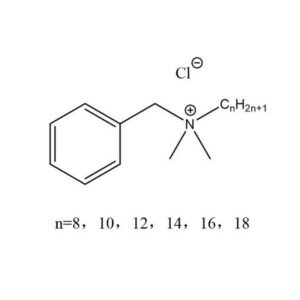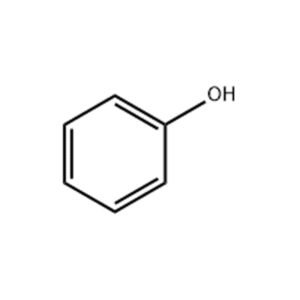1.製品特性
スチレンは無色から黄色がかった油状の液体で、特有の甘く突き抜けるような臭いがある。水よりも密度が低く、水にはほとんど溶けないが、ほとんどの有機溶剤には混和する。非常に可燃性が高く、光、熱、酸素にさらされると、適切に抑制されない限り容易に重合する。
2.技術規範
| パラメータ | 仕様 |
| 外観 | 無色の液体 |
| 純度(GC) | ≥ 99.9 % |
| 水分 | ≤ 0.02 % |
| アルデヒド(ベンツとして) | ≤ 0.01 % |
| インヒビター(TBC) | 10-15 ppm |
| 色(APHA) | ≤ 10 |
3.適用範囲と使用方法
スチレンは、ポリスチレンや、ABS、SBR、SBSなどの幅広い共重合体にとって不可欠なモノマーである。これらの材料は、包装用発泡体、食品容器、家庭用品、自動車部品、建築用パネルなどに加工される。また、ボート、バスタブ、耐腐食性タンク用の不飽和ポリエステル樹脂の反応溶媒として、塗料やコーティングのスチレン化アルキド樹脂の前駆体としても使用される。
4.パッケージと保管
スチレンは、200kgのエポキシコーティングされたスチールドラム、1,000LのコンポジットIBC、または20~25m³のステンレススチール製アイソタンクコンテナで供給される。すべての包装は窒素で覆われ、10~15ppmの4-tert-ブチルカテコール防止剤が含まれている。日光、酸化剤、発火源を避け、25℃以下の涼しく換気の良い防爆エリアに保管する。30℃以上での長期保管は避け、6ヶ月ごとに在庫を入れ替え、再使用前にインヒビターレベルをモニターする。






